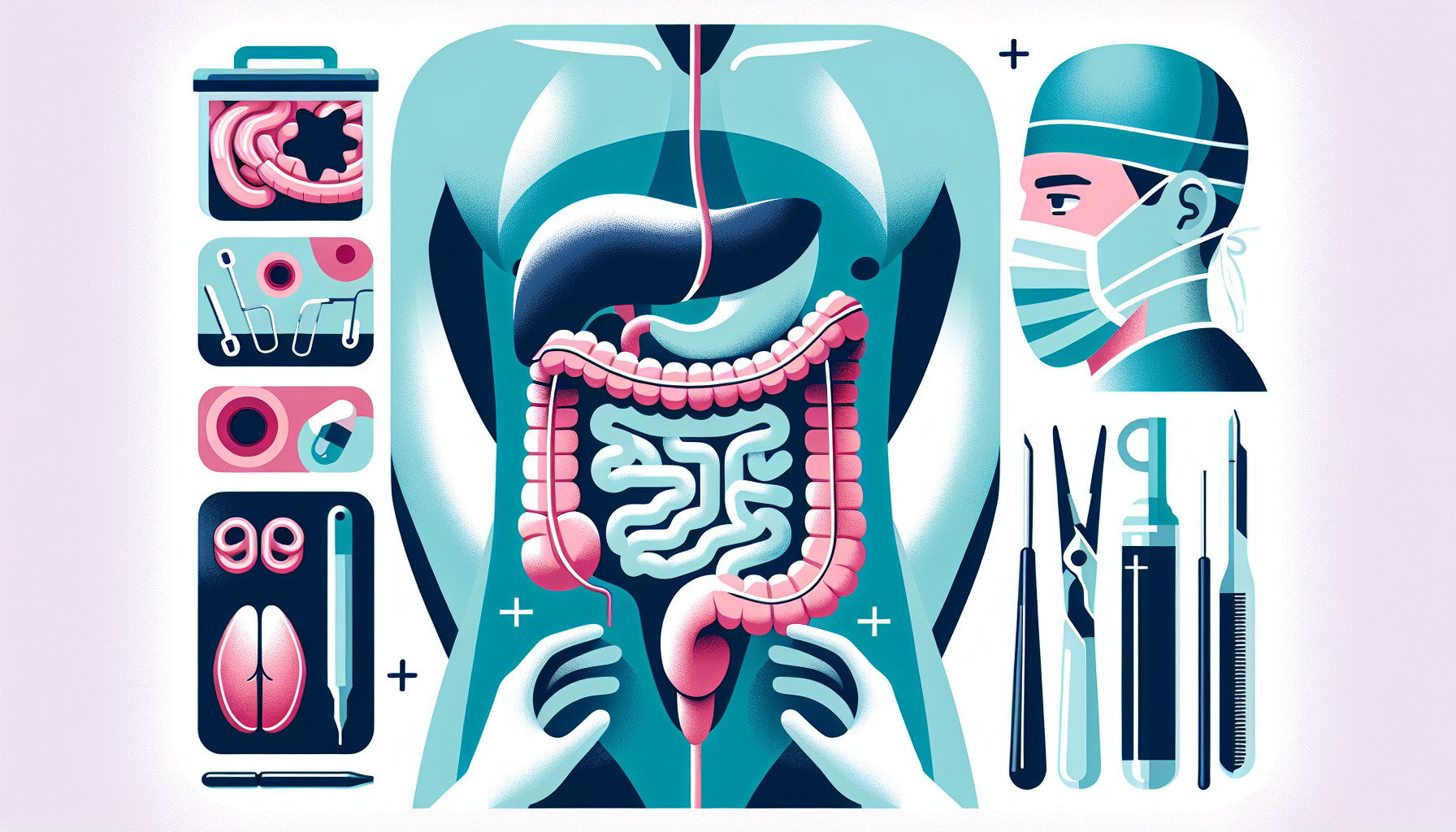Our Summary
This research paper examines the damage and recovery process of the inner lining of the intestine during and after an intestinal transplant. The study was conducted using adult Sprague-Dawley rats. The intestines from donor rats were stored in saline for three hours before being transplanted into recipient rats. The transplanted intestines were then examined at different points after the transplant.
The study found that storing the intestines in cold conditions led to significant damage to the inner lining of the intestines, and the blood returning to the transplanted intestines led to the loss of about 60% of the small, finger-like projections that line the intestines. The number of mucus-producing cells (goblet cells) also drastically reduced. However, the study noted that the physical recovery from this damage was almost complete within the first 24 hours after the transplant.
Despite this recovery, the study found some molecular changes that continued beyond the 24-hour period. These included an increase in cell death (apoptosis) and inflammation, as well as changes in the expression of several proteins that help form the barrier between the inside and outside of the intestine (tight junction proteins). The researchers conclude that these ongoing molecular changes should be taken into account when designing future experiments related to intestinal transplants.
FAQs
- What damage was observed to the intestines during and after the transplantation process in this study?
- How was the recovery process of the inner lining of the intestines after transplantation?
- What are the ongoing molecular changes that were found after the 24-hour recovery period?
Doctor’s Tip
A helpful tip a doctor might tell a patient about intestinal transplant is to follow a strict post-transplant care plan, which may include taking medications to prevent rejection, avoiding certain foods that may cause complications, and attending regular follow-up appointments to monitor progress and address any issues that may arise. It is important to adhere to the recommended care plan to ensure the success of the transplant and maintain overall intestinal health.
Suitable For
Patients who are typically recommended for an intestinal transplant are those who suffer from severe intestinal failure and are unable to absorb nutrients or fluids properly. This can be due to a variety of reasons, including:
Short bowel syndrome: This occurs when a significant portion of the small intestine has been removed or is non-functional, leading to malabsorption of nutrients.
Chronic intestinal pseudo-obstruction: This condition causes the intestines to function abnormally, leading to symptoms similar to a bowel obstruction.
Inflammatory bowel disease: Severe cases of Crohn’s disease or ulcerative colitis may require an intestinal transplant if other treatments have been unsuccessful.
Motility disorders: Conditions such as gastroparesis or chronic intestinal dysmotility may necessitate an intestinal transplant to restore proper digestive function.
Overall, patients who are unable to maintain adequate nutrition and hydration through other means are considered for intestinal transplant as a last resort treatment option.
Timeline
Before the intestinal transplant:
- Patient undergoes extensive evaluation to determine if they are a suitable candidate for an intestinal transplant
- Patient is placed on the waiting list for a compatible donor
- Patient may experience symptoms such as severe abdominal pain, diarrhea, weight loss, malnutrition, and complications from their underlying intestinal disease
- Patient may require intravenous nutrition or parenteral nutrition to sustain them while waiting for a transplant
After the intestinal transplant:
- Patient undergoes surgery to remove their diseased intestine and replace it with the donor intestine
- Patient is closely monitored in the intensive care unit for complications such as infection, rejection, or organ failure
- Patient may need to stay in the hospital for an extended period of time for recovery and monitoring
- Patient must take immunosuppressive medications for the rest of their life to prevent rejection of the transplanted organ
- Patient undergoes regular follow-up appointments and monitoring to ensure the success of the transplant and manage any potential complications
Overall, the timeline of a patient before and after an intestinal transplant involves a long and complex process of evaluation, surgery, recovery, and long-term management to ensure the success of the transplant and improve the patient’s quality of life.
What to Ask Your Doctor
Some questions a patient should ask their doctor about intestinal transplant include:
- What are the potential risks and complications associated with an intestinal transplant?
- How long is the recovery process expected to take after an intestinal transplant?
- What medications will I need to take after the transplant, and what are the potential side effects of these medications?
- How will my diet need to be adjusted after an intestinal transplant?
- Are there any long-term effects or considerations I should be aware of post-transplant?
- What signs or symptoms should I watch for that may indicate complications or rejection of the transplanted intestine?
- How often will I need follow-up appointments and monitoring after the transplant?
- Are there any lifestyle changes or restrictions I should be aware of after an intestinal transplant?
- What support resources are available for patients undergoing an intestinal transplant?
- Are there any ongoing research or advancements in the field of intestinal transplants that may be relevant to my case?
Reference
Authors: Bagge J, Padma AM, Casselbrant A, Hellström M, Oltean M. Journal: Eur Surg Res. 2023;64(2):201-210. doi: 10.1159/000526274. Epub 2022 Aug 4. PMID: 35926441
